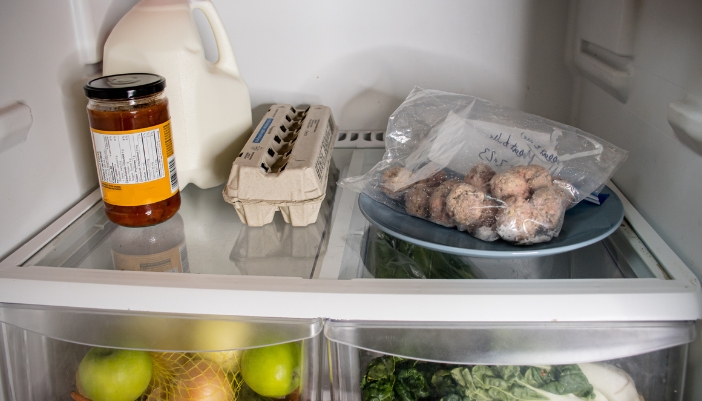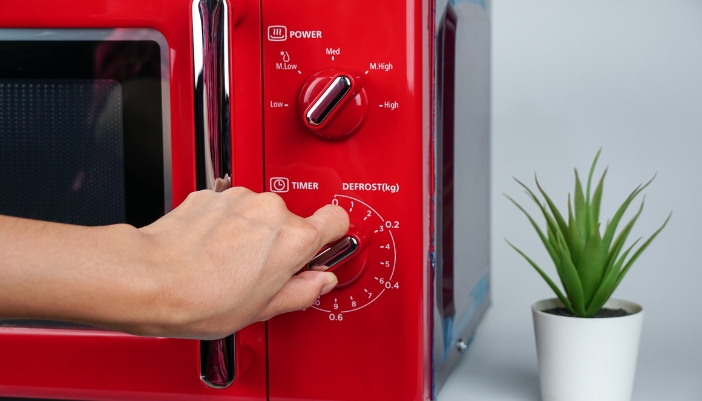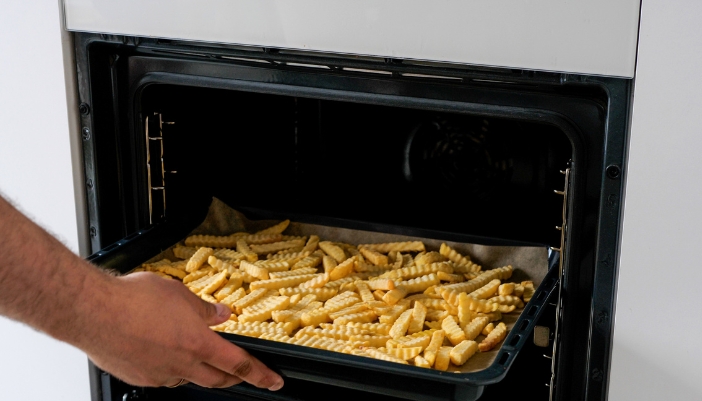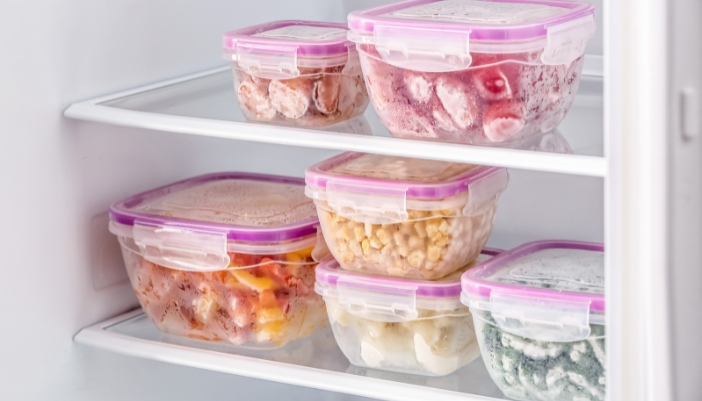Frozen foods are a staple in kitchens everywhere, offering the ultimate convenience for busy lives and a way to lock in nutrients until you're ready to eat. Yet, the leap from freezer to table isn't always smooth—how do you keep that just-cooked quality, texture, and taste?
Thawing and cooking frozen foods correctly can mean the difference between a meal that's just okay and one that delights the taste buds. Let's dive into how you can master the art of cooking frozen foods, ensuring every dish from the freezer is as delicious and nutritious as possible.
Refrigerator Thawing

When it comes to thawing frozen foods, the refrigerator method stands out for its safety and reliability and is perfect for meats, poultry, and seafood. By keeping foods at a constant, safe temperature, refrigerator thawing reduces the risk of bacterial growth.
Pro Tip:
Plan ahead, as this technique requires some time — usually up to 24 hours for larger items.
Cold Water Thawing
Cold water thawing is your go-to for a quicker thaw without turning to technology. It's significantly faster than the refrigerator method and still keeps food safe.
- Seal Well: Ensure the food is in a leak-proof bag to prevent water from getting in and nutrients from leaking out.
- Submerge and Change: Keep the food submerged in cold water, changing the water every 30 minutes to maintain cold temperatures.
- Quick and Uniform: This method can thaw small to medium-sized items in 1 to 3 hours.
Note:
Although tempting for speed, hot water thawing isn’t recommended because it can raise the food’s surface temperature to a dangerous range where bacteria multiply quickly — stick to cold water!
Microwave Thawing

Microwave thawing utilizes the microwave's defrost function, which typically operates at a lower power setting to evenly thaw food without cooking it. However, it requires careful attention to avoid partially cooking the food or leaving cold spots where bacteria can thrive.
- Use the Defrost Function: Most microwaves have a specific defrost setting. Input the weight of the food if prompted, as the microwave uses this information to adjust the defrosting time.
- Arrange Evenly: If possible, spread the food out evenly on a microwave-safe plate or dish for uniform thawing. Breaking apart items like ground meat or chicken pieces as they thaw can also help.
- Flip and Rotate: Pause the microwave at least once or twice during defrosting to flip and rotate the food, especially for thicker items.
- Partial Thawing Is Acceptable: For foods that will be cooked immediately after thawing, it's okay if they're not completely thawed in the microwave. However, adjust cooking times accordingly to ensure the food is cooked through.
- Safety First: Foods thawed in the microwave should be cooked immediately after thawing. This is because some parts of the food may enter the danger zone temperatures (between 40°F and 140°F), where bacteria grow rapidly.
Pro Tip:
If you notice parts of the food starting to cook, stop the microwave and adjust the power level or defrosting time.
Mastering the Art of Cooking Frozen Foods

Turning frozen foods into delicious meals is about knowing the proper techniques and making the most of your kitchen appliances.
- Adjusting Cooking Times: Expect to extend cooking times by about 50 percent for frozen foods. Use your oven's convection bake setting, which speeds up cooking by circulating hot air, to reduce the extra time needed while ensuring even cooking.
- Preventing Sogginess: For crispy outcomes with frozen fries, vegetables, and breaded items, the air fry function creates crispy exteriors. Avoid overcrowding on the baking sheet for proper airflow around each piece.
- Seasoning and Marinating: To boost flavor in meats, consider injecting marinades directly into the center for deeper flavor penetration. Also, consider using the broil setting for a final sear on marinated meats to lock in flavor and moisture.
- Safety Checks: Always ensure frozen meats and poultry reach safe internal temperatures. Utilize a meat probe if your oven or range is equipped with one, setting it to alert you when the food has reached the correct temperature (165°F for poultry and 160°F for ground meats).
Re-Freezing Guidelines

Re-freezing food is surrounded by questions and concerns, especially regarding quality and safety. Understanding the right way to re-freeze can help you make the most of your frozen foods without compromising their integrity.
- Thawed in the Refrigerator: Foods that have been thawed in the refrigerator and have not been left out at room temperature for more than two hours can generally be safely re-frozen.
- Avoid Re-freezing Thawed Foods at Room Temperature: Foods thawed by methods other than refrigeration, especially those left out at room temperature, should not be re-frozen. The warmer temperatures can encourage bacterial growth, which re-freezing won't eradicate.
- Label and Date: Keep track of foods that have been frozen, thawed, and re-frozen. Label them with the re-freezing date to ensure you use them in a timely manner and prioritize their consumption.
Pro Tip:
Cooked foods are safe to re-freeze since cooking eliminates bacteria!
Frozen Treats to Gourmet Eats
Mastering the art of taking foods from icy to irresistible is a culinary adventure, especially with the best cooking appliances and refrigerator/freezer combination to smooth things along! And that’s where Johnson Mertz Appliance Center comes in to help, with plenty of brand names and the latest features!
But if you need help, our experts are always on hand — just give us a ring or pop by!